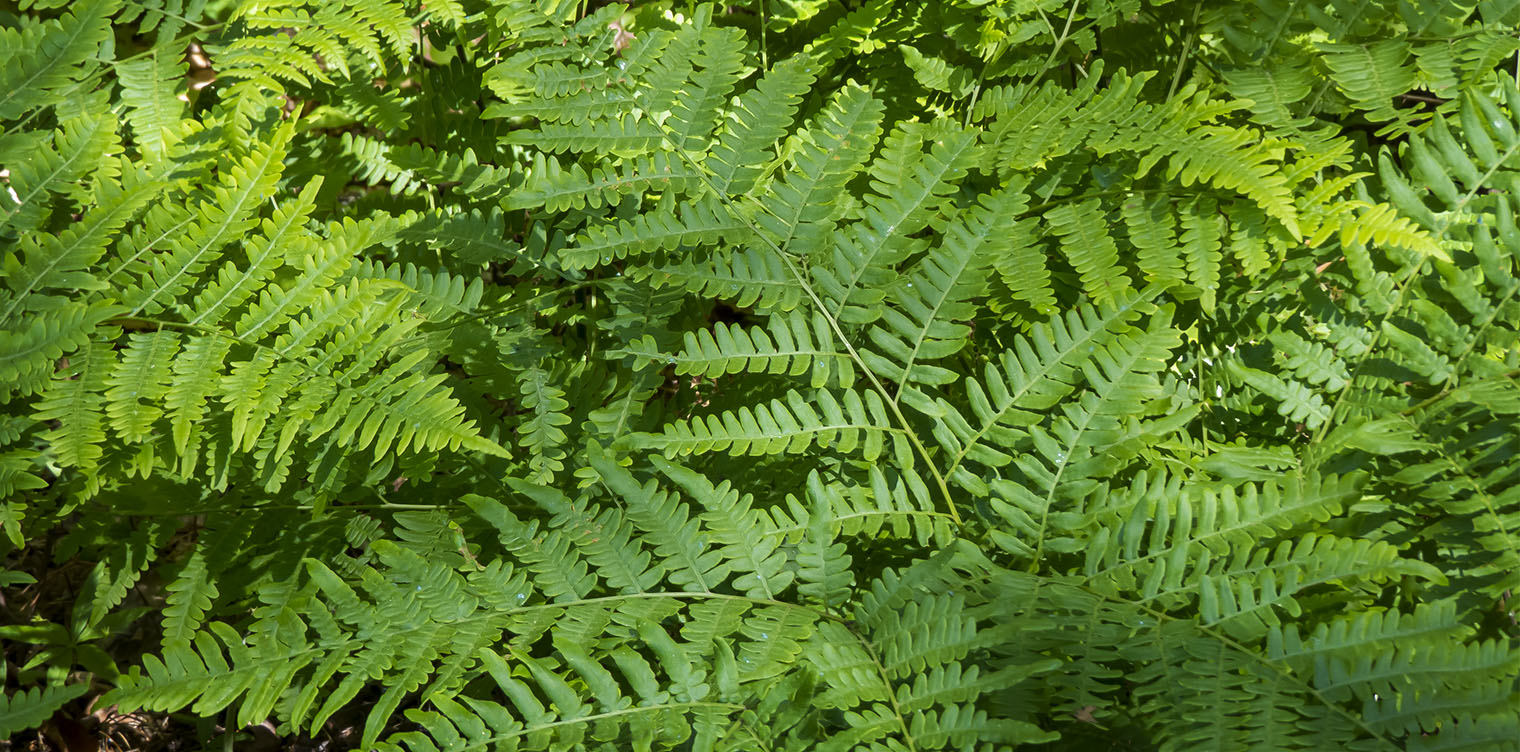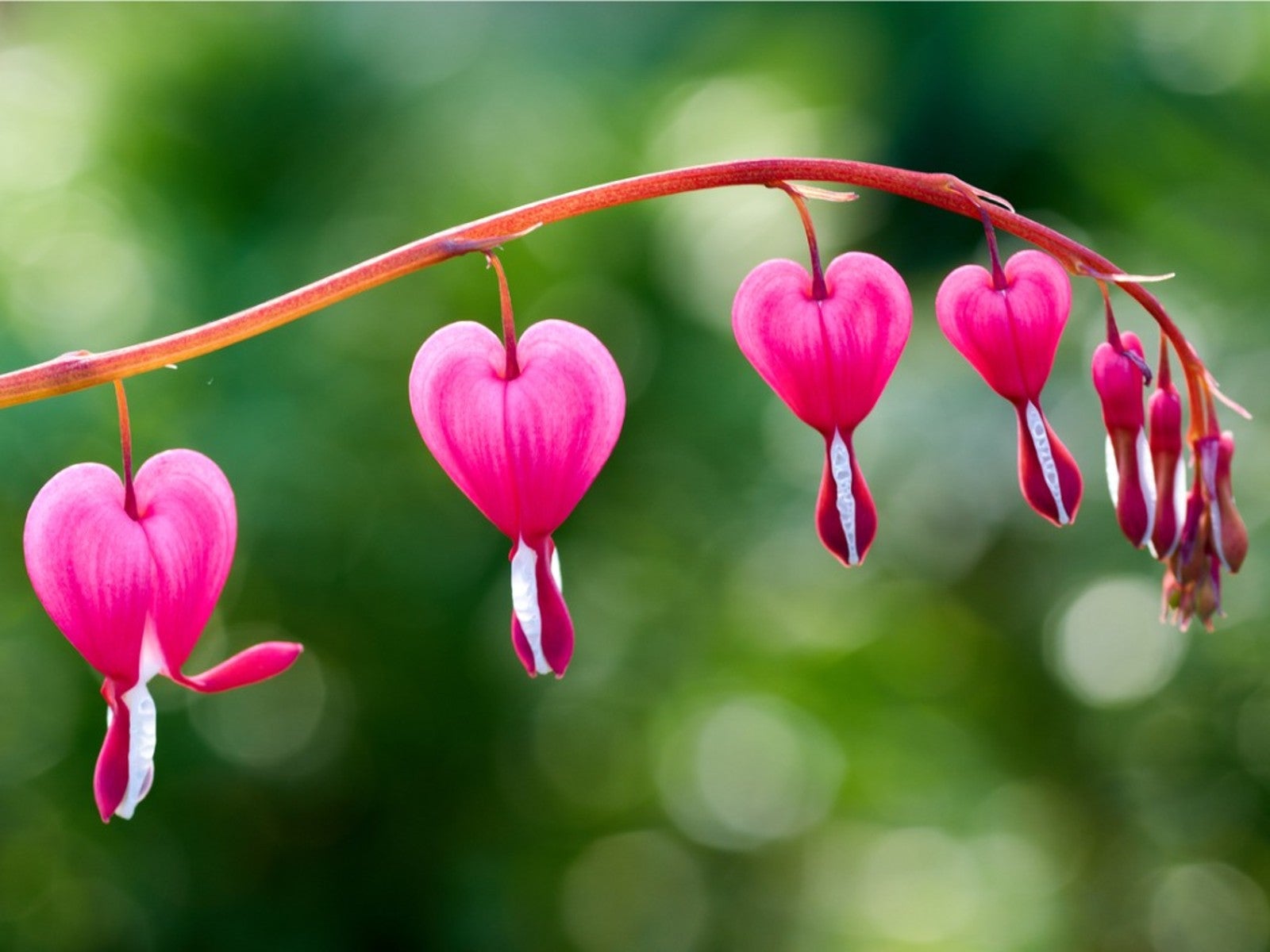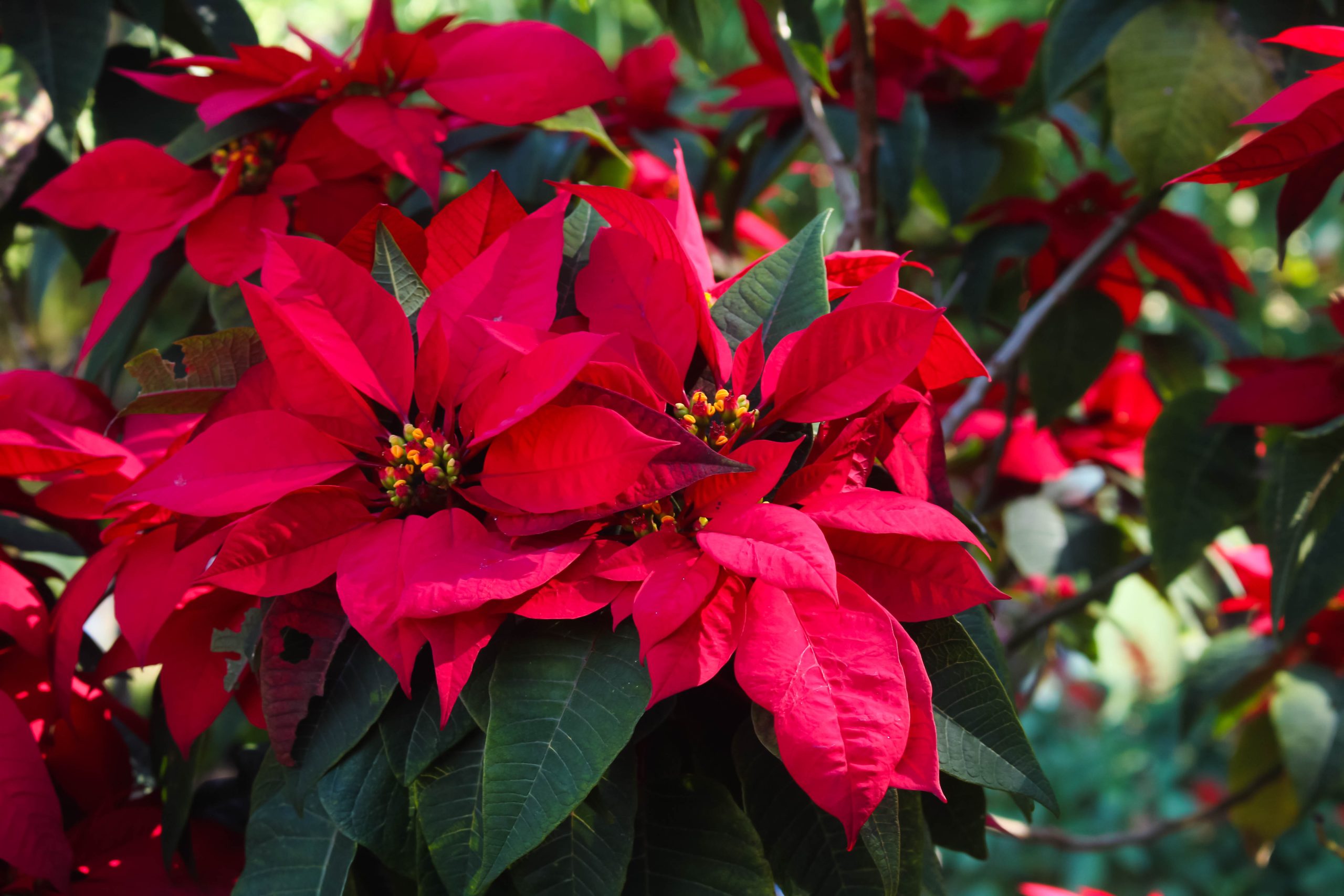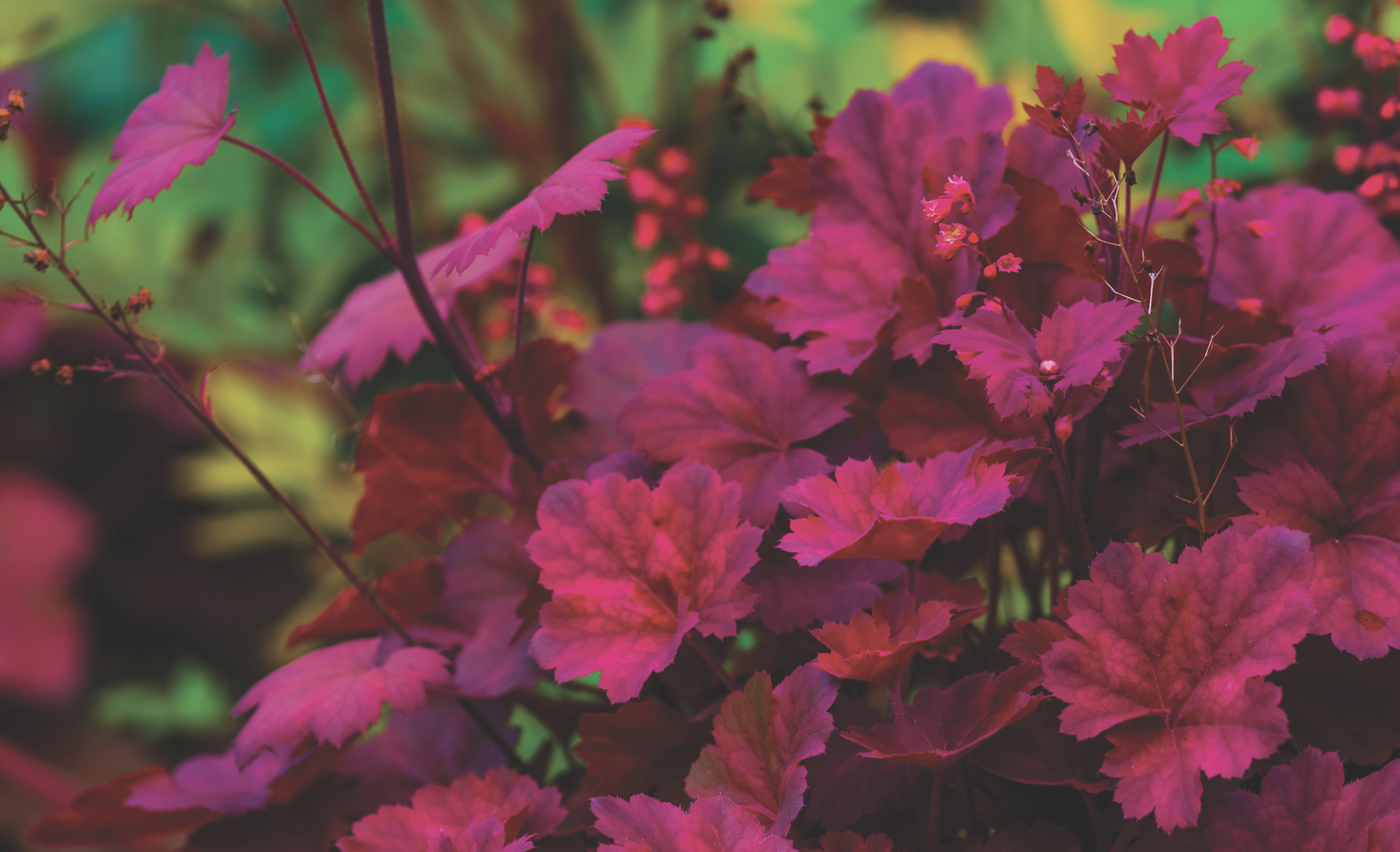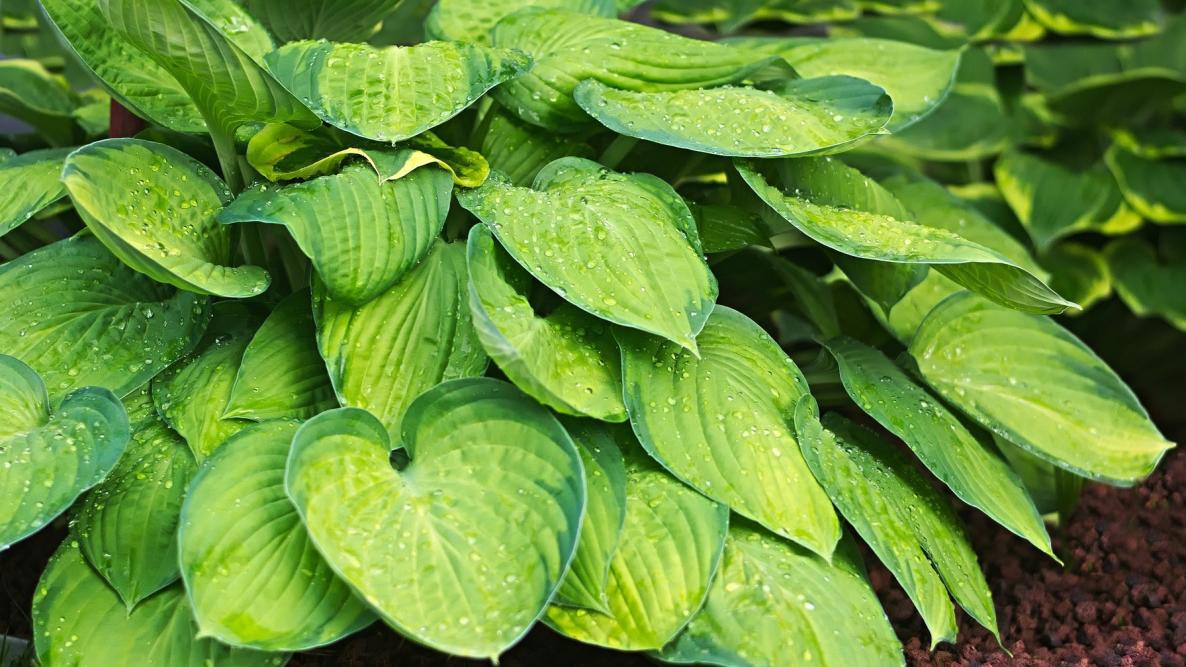They have four basic needs in order to flourish: 1) Food to eat, 2) Water to drink and for bathing, 3) Cover for protection from the elements and enemies and 4) space to have their young and raise them successfully. Each year, more than 60 million people in the United States participate in the feeding of wild birds. It is important to provide foods other than birdseed. Now is a good time to take inventory of your yard to make sure that birds find it attractive. It would be nice if you could provide a natural picnic all winter long.
Native plants are always your best bet. Mockingbirds (my favorite) love serviceberry, American beautyberry and bittersweet. Not only are they beautiful bushes, but they have the added advantage of providing food for our feathered friends. Birds find their food by sight, so all our native plants are great. Sometimes birds don’t recognize a foreign species of berries, so stick with our local tried and true like, winterberry, sparkleberry, American Cranberry bush, winged sumac and Mapleleaf viburnum. While you’re waiting for your shrubs to grow, you can give the birds instant gratification with black oil sunflower seeds. These seeds are high in oil and calorie content, and the thin shell makes them easy to eat. In the past, I have bought a mixed wild birdseed blend only to watch birds discard or waste seed in an attempt to get to their favorite. Birds are fun to watch as they feed, so make sure you place the feeding station close to a window where you can watch the action.
It is a good idea to have two or more feeders. Fill each separate feeder with a single type of seed. We know that Cardinals, Chickadees and Tufted Titmice prefer the sunflower feeder. Ground feeding birds such as Mourning Doves and Sparrows prefer a millet feeder. American Goldfinches flock to the Niger seed feeder. Place bird feeders at different heights to avoid friction between competing birds. Clean the feeder before adding fresh seeds. Once you start feeding, don’t stop until summer. Birds seem to forget where other sources of food can be found and continue to fly to the empty feeder.
Water is essential, especially during harsh winters and this extremely dry fall that we are experiencing. When providing water, birds prefer just one or two inches. Make sure the surface is not slippery; you can pile flat rocks on the bottom to give birds a place to perch. They also need shrubs nearby to fly to for drying off and grooming (birds are vulnerable to predators when wet). Never put your birdbath in the middle of a large grassy spot if you want the birds to use it. Moving water attracts birds.
After providing food and water, you should consider the shelter. Birds are attracted to brush piles for temporary shelter, and we can enjoy 40 varieties of birds that will nest in the suburban yard. These include Thrashers, Robins, Blue Jays, Mourning Doves, Bluebirds, Wrens, Warblers and Sparrows. Diverse shrub plantings will provide food and shelter for birds. House cats are the most efficient predator for songbirds. Keep a bell on the cat’s collar to warn the birds and keep kitty inside in the morning and early evening. This is when birds are most likely to be active. Also, birdhouses give shelter and a nesting site for birds.
Space is the last requirement. Bluebirds need about five acres per pair, and Mockingbirds are very territorial. We have three different sets of Mockingbirds thriving around our house: one at the entrance to our driveway (we call her entrance bird), one at the barn (barn bird) and one close to the vegetable garden (garden bird). They protect the berries in each location. One year when I visited Biltmore House at Christmas, an upstairs tree was decorated in Bittersweet. Vowing to recreate this at home, I cut branches but never got the tree decorated. Last year, my resolve was greater. I cut some bittersweet branches in early December. The berries laid patiently on a worktable on the front porch. Then my husband noticed that our garden Mockingbird was actually perching on the porch rails. This bird had found the berries and was working to keep the other birds away. Even though my fabulous Christmas tree had not been created, I had delivered a present for one of my birds.



